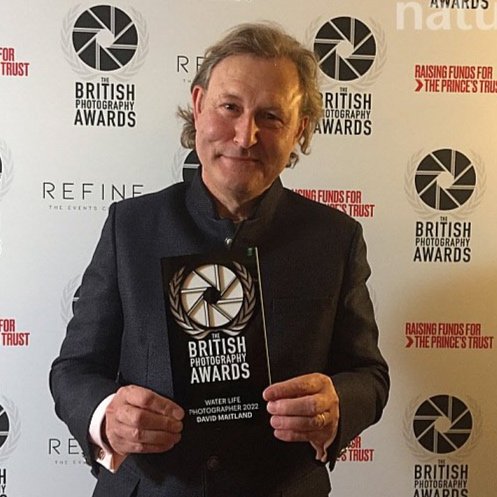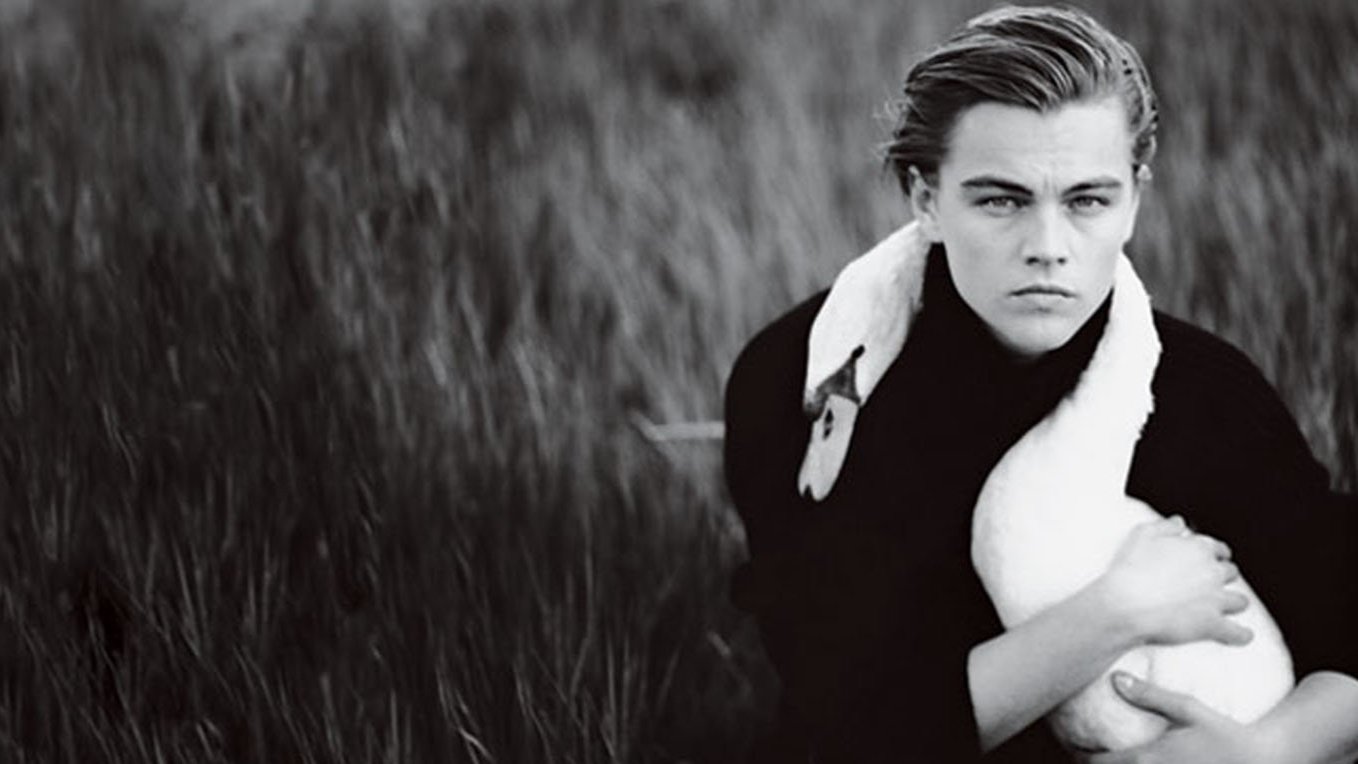Macro Photography: A World of Intricate Detail
What is Macro photography? Macro photography is a genre that allows photographers to explore the intricate details of small subjects, typically at a 1:1 magnification or greater. By bringing the camera up close and personal with tiny objects and creatures, macro photographers unveil a hidden world of fascinating textures, patterns, and colors that are often invisible to the naked eye. This captivating genre has attracted countless enthusiasts and professionals, who have pushed the boundaries of photographic techniques and equipment to create stunning images.
Different Genres within Macro Photography
There are various subgenres within the realm of macro photography, each focusing on different subjects and approaches:
Nature and wildlife: Many macro photographers focus on capturing the minute details of plants, insects, and other small creatures, as seen in the works of Igor Siwanowicz and Thomas Shahan.
Abstract: Some photographers use macro techniques to create abstract images, emphasizing patterns, textures, and colors over recognizable forms.
Still life: Macro photography is also used to capture the details of everyday objects, revealing hidden beauty in the mundane.
Water drop: A popular subgenre, water drop photography captures the fascinating shapes, reflections, and colors of water droplets on various surfaces.
by Thomas Shahan
History of Macro Photography
Macro photography has its roots in the early days of photography when scientists and naturalists began using cameras to document small specimens. Pioneers like Wilson A. Bentley captured intricate images of snowflakes, laying the groundwork for future macro photographers. Technological advancements in lenses and cameras throughout the 20th century allowed photographers to explore the world of macro with greater ease and precision.
Techniques for Capturing the Perfect Macro Shot
Macro photography presents unique challenges, from achieving sharp focus to managing depth of field. Here are some techniques to help you capture stunning macro images:
Focus stacking: Combining multiple images with different focus points can create a final image with greater depth of field. This technique is often employed by David Maitland in his nature photography.
Extension tubes: These affordable accessories increase the distance between the lens and the camera sensor, allowing for greater magnification.
Reversing rings: Attaching a lens to the camera body in reverse can increase magnification, enabling even closer focus.
Tripods and remote triggers: A sturdy tripod and remote trigger can help minimize camera shake and ensure tack-sharp images.
Photography Gear for Macro Enthusiasts
The right gear can make a world of difference in macro photography. Some popular options include:
Macro lenses: These specialized lenses are designed for close focusing and high magnification. Some popular models include the Canon EF 100mm f/2.8L Macro IS USM and the Nikon AF-S VR Micro-Nikkor 105mm f/2.8G IF-ED.
Ring flashes: These circular flashes provide even, shadow-free lighting and are ideal for illuminating small subjects.
Focus rails: These adjustable mounts allow for precise control over camera positioning and focus, essential for achieving sharp macro images.
Important Photography Books
There are numerous books dedicated to macro photography that can provide valuable insights and inspiration:
"Understanding Close-Up Photography" by Bryan Peterson: This comprehensive guide covers everything from equipment and lighting to composition and post-processing, with plenty of inspiring examples.
"Macro Photography for Gardeners and Nature Lovers" by Alan L. Detrick: This book offers practical tips and techniques for capturing stunning macro images in the natural world, tailored specifically for gardeners and nature enthusiasts.
"Insects: Their Natural History and Diversity" by Stephen A. Marshall: A fascinating resource for those interested in photographing insects, this book provides detailed information on insect identification and behavior, alongside stunning macro images by Leon Baas and others.
by Leon Baas
Legacy and Influence
Macro photography has had a significant impact on both the scientific community and the art world. By revealing the hidden details of our surroundings, macro photographers have contributed to our understanding of the natural world and inspired countless artists to explore new creative avenues.
Macro photography is a captivating genre that offers a glimpse into a world of intricate detail often hidden from our eyes. By combining specialized equipment, innovative techniques, and a keen eye for the beauty in small things, macro photographers reveal the astonishing complexity of our world. From scientific research to artistic inspiration, this genre has left an indelible mark on the fields of photography and visual arts. So, the next time you come across a tiny subject, take a moment to appreciate the hidden wonders that macro photography can unveil.





















